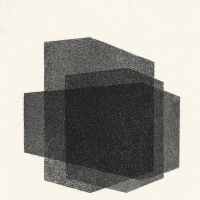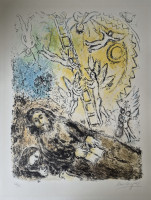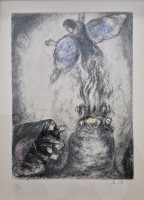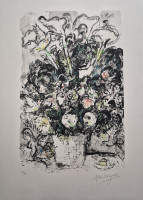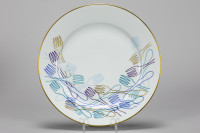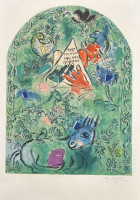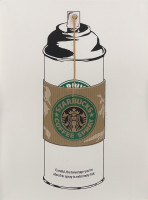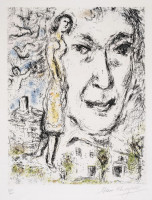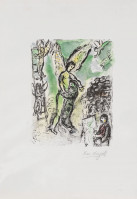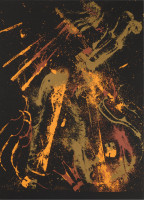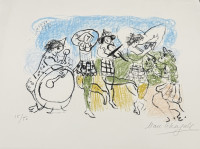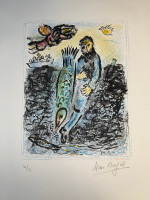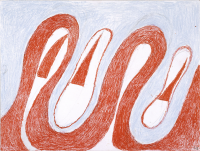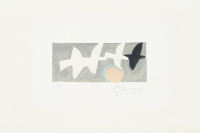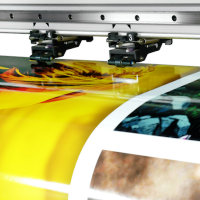
France
Contemporary Art in France is a testament to the country's rich artistic heritage and its innovative spirit. French artists, such as Pierre Soulages and Yves Klein, have made significant contributions to the global art scene, creating works that span various mediums and explore themes from societal issues to personal experiences. Paris, the heart of France's art scene, is home to numerous galleries and museums, including the Centre Pompidou, which houses Europe's largest collection of modern and contemporary art. French contemporary art, thus, serves as a powerful platform for dialogue and expression, pushing boundaries and challenging conventions.
Show All
- Show All
- Established
- Discoveries
A,B,C
ARTWORKS RELATED TO FRANCE
Henri Matisse
One plate, from Cinquante Dessins (Duthuit Books 2), 1920
Limited Edition Print
Etching
Inquire For Price
Mr. Brainwash
Starbucks Coffee Spray, 2009
Limited Edition Print
Mixed Media
Currently Not Available
Marc Chagall
La lutte de Jacob et de l'ange, 1972
Limited Edition Print
Lithograph
Inquire For Price
Marc Chagall
Les Petits Arlequins (The Little Harlequins), 1962
Limited Edition Print
Lithograph
USD 6,900
Louise Bourgeois
Untitled (Undulating Ribbon), 1997
Drawing / Watercolor
Mixed Media
Inquire For Price
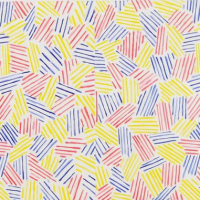
Intaglio is a printmaking technique where a design is incised below the surface of a metal or stone plate. Ink is applied to the plate, filling the incised lines or depressions, while the surface is wiped clean. The ink in the depressions is then transferred to paper using an etching press. Common intaglio techniques include engraving, etching, and drypoint.
